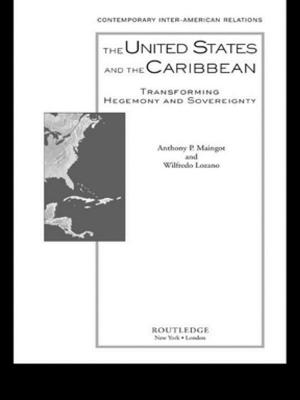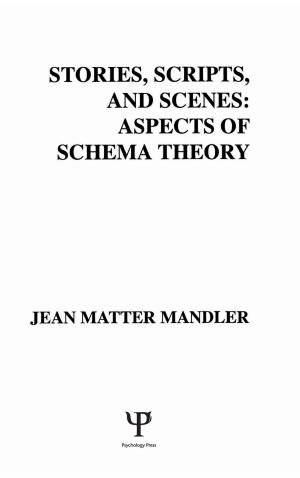Dark Side of the Tune: Popular Music and Violence
Nonfiction, Entertainment, Music, Theory & Criticism, Ethnomusicology| Author: | Martin Cloonan | ISBN: | 9781351570152 |
| Publisher: | Taylor and Francis | Publication: | July 5, 2017 |
| Imprint: | Routledge | Language: | English |
| Author: | Martin Cloonan |
| ISBN: | 9781351570152 |
| Publisher: | Taylor and Francis |
| Publication: | July 5, 2017 |
| Imprint: | Routledge |
| Language: | English |
Written against the academically dominant but simplistic romanticization of popular music as a positive force, this book focuses on the 'dark side' of the subject. It is a pioneering examination of the ways in which popular music has been deployed in association with violence, ranging from what appears to be an incidental relationship, to one in which music is explicitly applied as an instrument of violence. A preliminary overview of the physiological and cognitive foundations of sounding/hearing which are distinctive within the sensorium, discloses in particular their potential for organic and psychic violence. The study then elaborates working definitions of key terms (including the vexed idea of the 'popular') for the purposes of this investigation, and provides a historical survey of examples of the nexus between music and violence, from (pre)Biblical times to the late nineteenth century. The second half of the book concentrates on the modern era, marked in this case by the emergence of technologies by which music can be electronically augmented, generated, and disseminated, beginning with the advent of sound recording from the 1870s, and proceeding to audio-internet and other contemporary audio-technologies. Johnson and Cloonan argue that these technologies have transformed the potential of music to mediate cultural confrontations from the local to the global, particularly through violence. The authors present a taxonomy of case histories in the connection between popular music and violence, through increasingly intense forms of that relationship, culminating in the topical examples of music and torture, including those in Bosnia, Darfur, and by US forces in Iraq and Guant mo Bay. This, however, is not simply a succession of data, but an argumentative synthesis. Thus, the final section debates the implications of this nexus both for popular music studies itself, and also in cultural policy and regulation, the ethics of citizenship, and arguments about human
Written against the academically dominant but simplistic romanticization of popular music as a positive force, this book focuses on the 'dark side' of the subject. It is a pioneering examination of the ways in which popular music has been deployed in association with violence, ranging from what appears to be an incidental relationship, to one in which music is explicitly applied as an instrument of violence. A preliminary overview of the physiological and cognitive foundations of sounding/hearing which are distinctive within the sensorium, discloses in particular their potential for organic and psychic violence. The study then elaborates working definitions of key terms (including the vexed idea of the 'popular') for the purposes of this investigation, and provides a historical survey of examples of the nexus between music and violence, from (pre)Biblical times to the late nineteenth century. The second half of the book concentrates on the modern era, marked in this case by the emergence of technologies by which music can be electronically augmented, generated, and disseminated, beginning with the advent of sound recording from the 1870s, and proceeding to audio-internet and other contemporary audio-technologies. Johnson and Cloonan argue that these technologies have transformed the potential of music to mediate cultural confrontations from the local to the global, particularly through violence. The authors present a taxonomy of case histories in the connection between popular music and violence, through increasingly intense forms of that relationship, culminating in the topical examples of music and torture, including those in Bosnia, Darfur, and by US forces in Iraq and Guant mo Bay. This, however, is not simply a succession of data, but an argumentative synthesis. Thus, the final section debates the implications of this nexus both for popular music studies itself, and also in cultural policy and regulation, the ethics of citizenship, and arguments about human















